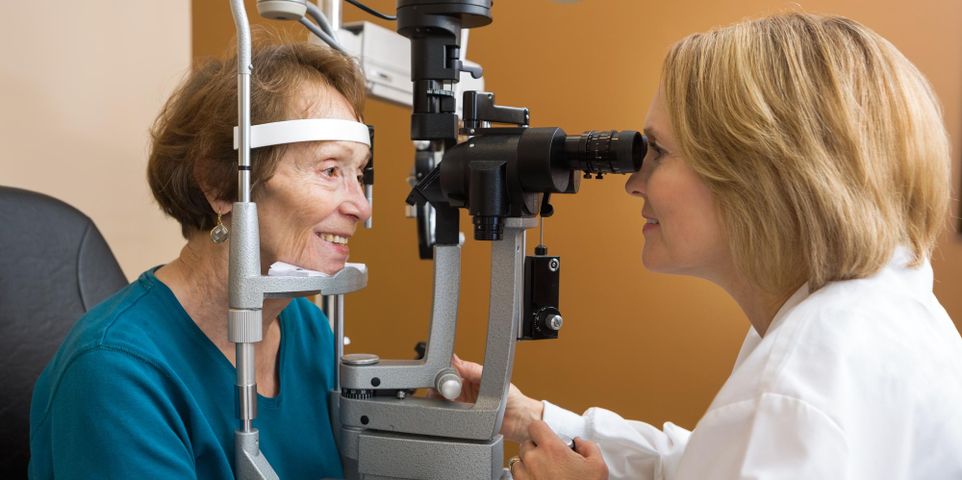
With over 200,000 cases reported in the US every year, glaucoma is a growing health concern for many aging Americans. Even though several treatment options exist for the disease, identifying glaucoma before it moves into an advanced stage is critical. Here are some answers to common questions about glaucoma testing and what puts a person at risk.
What You Should Know About Glaucoma
Who is at risk for glaucoma?
People over 40 typically have a higher chance of getting glaucoma, a disease that causes optic nerve damage. If you have diabetes, high blood pressure, or if you’ve had eye surgery, you should contact your eye doctor about glaucoma testing. Certain ethnic factors also contribute to glaucoma risk, as African-Americans have a higher chance of contracting open-angle glaucoma, and those with East Asian ancestry are more likely to contract closed-angle glaucoma.
How often should I get tested?
 Because glaucoma often shows few symptoms until it reaches advanced stages, you should get tested regularly according to your age bracket. People between 40 and 54 should get tested every one to three years, people between 55 and 64 should get tested every one to two years, and people over 65 should get tested every six to twelve months.
Because glaucoma often shows few symptoms until it reaches advanced stages, you should get tested regularly according to your age bracket. People between 40 and 54 should get tested every one to three years, people between 55 and 64 should get tested every one to two years, and people over 65 should get tested every six to twelve months.
What are the types of glaucoma tests?
Symptoms of Glaucoma include: visual field defects and diminished vision quality. To identify if you have glaucoma, your eye doctor will perform some of the following tests:
- Eye Pressure Check: Also known as tonometry, this exam tests for increased eye pressure, one of the tell-tale signs of glaucoma.
- Visual Field Test: This test identifies how much vision you may have lost to determine the rate of glaucoma’s progression.
- Retinal Exam: Your doctor will examine your retinas and evaluate the appearance of the optic nerve for changes in the contour, color, and the integrity of the vessels. They may also take images of the optic nerve.
- Corneal Thickness Test: Also called a pachymetry test, this exam measures the thickness of your cornea by using a small probe, or pachymeter.
- Angle Test: Also known as a gonioscopy, this test allows the doctor to examine the angle, which is the distance between the cornea (the clear part of your eye) and the iris (the colored part of your eye). The angle is where the eye’s drainage system is located, so this test can identify if it is fully opened or if it is partially, or completely blocked.
If you’re thinking of having your eyes checked, contact the office of Alan L Ginsburg, OD in High Point, NC. With nearly 40 years of experience, Dr. Ginsburg and his team offer glaucoma testings, cataract evaluations, and contact lens fittings. Visit their website to learn more about their services, and call (336) 889-6566 to schedule an appointment.
About the Business
Have a question? Ask the experts!
Send your question

